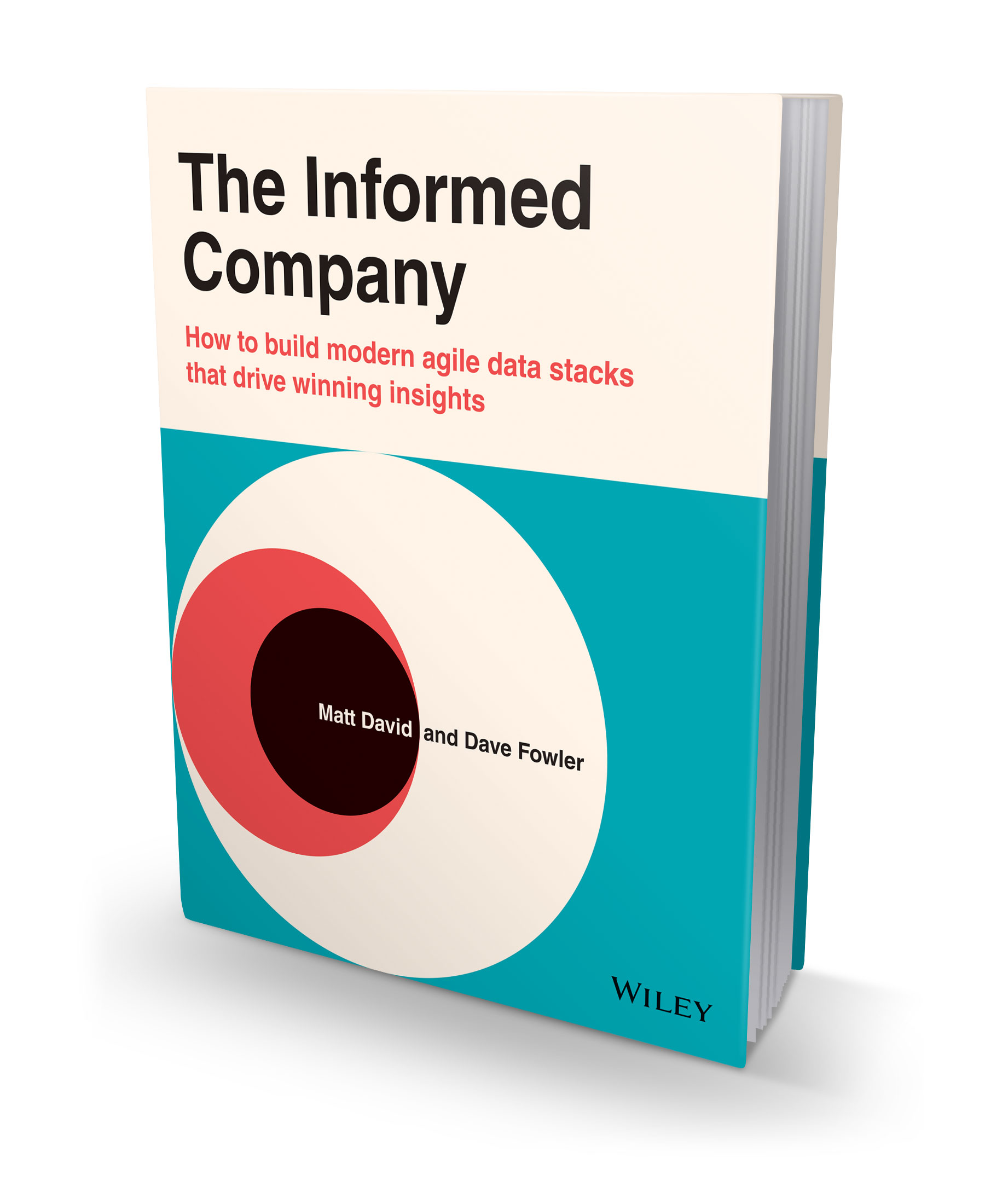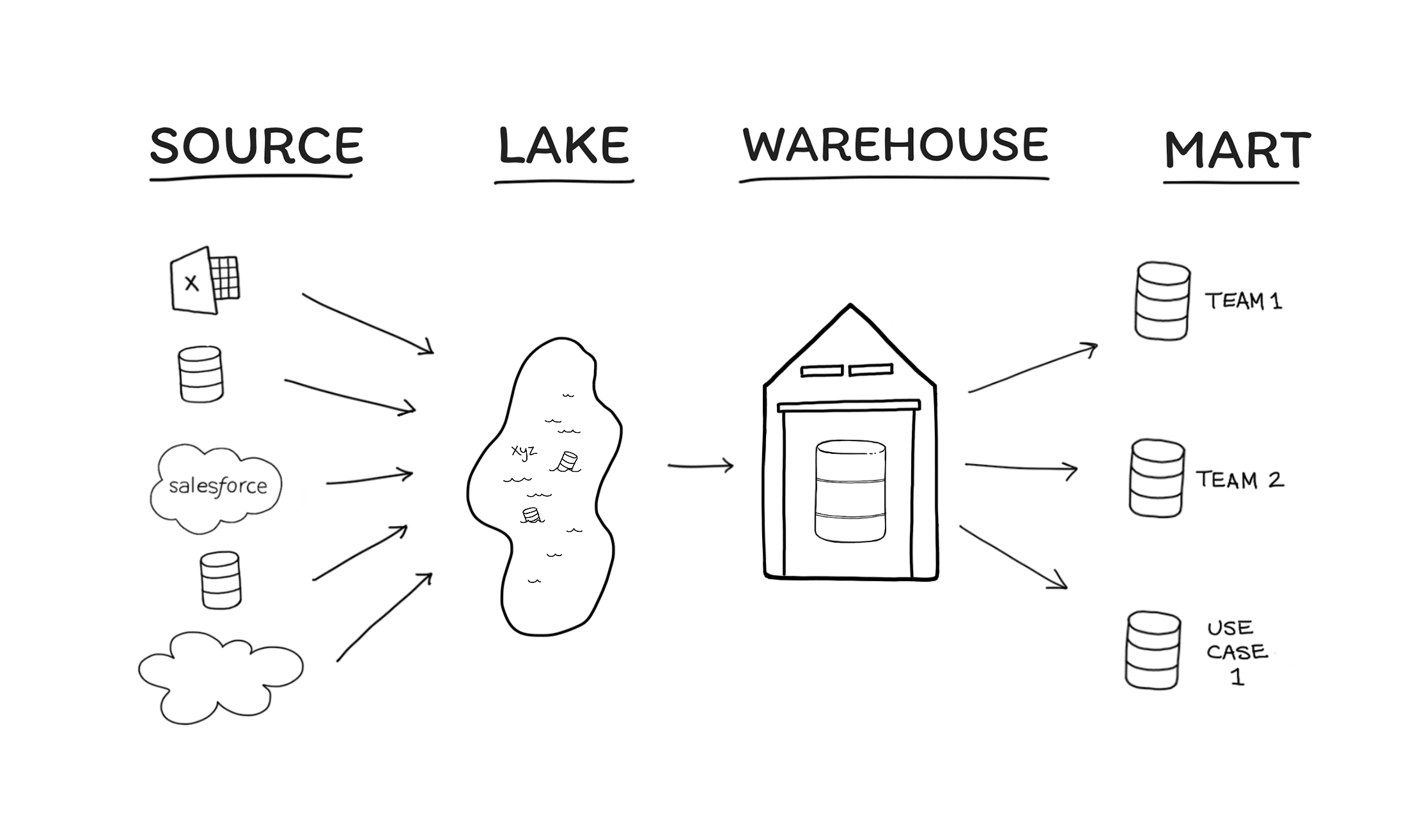Huge demand and technology shifts have dramatically changed the best practices of how to work with data, and yet no new books have come forward to establish these practices keeping many following old patterns and books who's best practices are now often bad practice.
This was the problem the authors Dave Fowler (CEO of Chartio - now acquired by Atlassian) and Matt David ( Head of The Data School) faced over a decade of working with thousands of customers struggling to turn their huge datasets into a needed source of truth and insight.
They began organizing and writing on the stages, pitfalls and best practices of setting up a modern data stack so that companies and their knowledge workers can well utilize their data and become a winning Informed Company. Initial versions of this were shared on dataschool.com and they have now put considerable more work into formalizing these stages and practices for this print edition.
Praise for the book
This book provides the foundational knowledge you’ll need to navigate the modern data stack. From there, you’ll be able to dive in yourself, get your hands dirty, and start asking questions of your fellow practitioners.
~ Tristan Handy - CEO @ DBT Labs
The Informed Data Company is a lucid, pragmatic explanation of how to use data in a modern organization.
~ George Fraser - CEO @ Fivetran
This book is the missing map to the modern data landscape and is highly recommended for technology professionals seeking to improve their understanding and avoid pitfalls when implementing a modern data lake and associated capabilities.
George Barnett - Sr Platform Architect @ Atlassian



